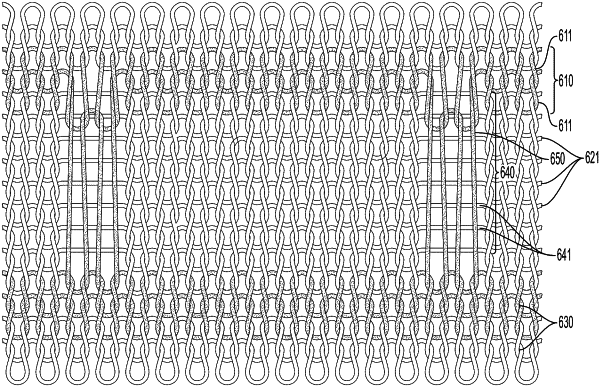| CPC D04B 1/16 (2013.01) [D04B 1/22 (2013.01); D10B 2401/04 (2013.01); D10B 2403/0114 (2013.01)] | 11 Claims |

|
1. A knit fabric comprising:
a first and second yarn knit together;
wherein at least one of the first and second yarns comprises a plurality of fibers that are composites of first and second polymers arranged side-by-side in cross-section;
wherein the first polymer comprises a black pigment;
wherein the first and second polymers are polypropylene (PP), polyethylene terephthalate (PET), polyethylene (PE), or polyamide (PA); and
wherein the knit fabric curls from 34° to 297° upon exposure to infrared radiation that causes a temperature change from −5° C. to 30° C.
|